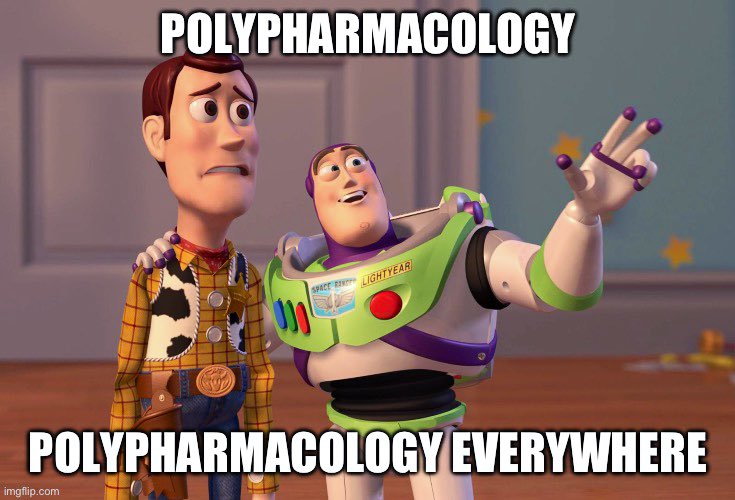I’m going to offer some more regular industry #EarlyCareer tips on Fridays. Keeping this focused on chemistry in pharma since that’s what I know about.
Let’s start with applying for the job! 🧵 👇 1/
Let’s start with applying for the job! 🧵 👇 1/
First off, unlike many other lines of industry work, in pharma chemistry we usually ask for a comprehensive academic-style curriculum vitae (CV) rather than a shorter résumé. Sometimes these terms get used interchangeably in the US, but they’re not the same. 2/
This removes some pressure to compress your professional life into a page or two. A CV typically includes: contact info, work history (most recent first), educational history (most recent first), complete publications & presentations, and possibly other optional sections. 3/
Most important here are the work and educational history. Usually you’ll want to include a couple of bullet points with each step in your journey describing your most important accomplishments. These can (should) be tailored to the description of the role you’re applying for. 4/
Read the job description. If it’s a bench position, play up your lab skills. If it’s a design position, play up analysis and reasoning. The first thing a recruiter looks for is a sense of fit to what the role requires. Don’t assume your CV speaks for itself; infuse it intent. 5/
Use active verbs that clarify what you did (designed, synthesized) and avoid passive verbs that obscure (participated, worked, studied). Here’s a reference (there are many) on verb usage. 6/
rezi.ai/posts/weak-act…
rezi.ai/posts/weak-act…
Emphasize transferable skills. Almost never is your academic work experience going to exactly match what pharma chemistry is hiring for. So show that you’ll pick up the stuff we’re going to teach. Ex: show you can solve problems & overcome setbacks - those are universal. 7/
A CV can still be a bit confining to convey all of that essence in a few bullet points, so it’s also worth writing up a 2-3 page narrative research summary. Companies won’t always ask for one, but sneak it in on the back of your CV or cover letter anyway. 8/
A research summary is where you can really unspool those transferable skills. Show your thought process. Show *how* you did the work and got past all the places where you were stuck. Remember, we’re hiring *you*, not your work. 9/
Above all, and throughout, show the recruiter what kind of scientist you are. Don’t assume the work speaks for itself — it doesn’t. It’s up to you to infuse your work with your own voice and show why you’ll be a great colleague. The “how” matters just as much as the “what”. /end
Tacking this on as a PS. Need to hear what you did, not what the team did. Otherwise how do I know it wasn’t someone else on the team? Maybe I should hire them instead! 😂
https://twitter.com/krhornberger/status/1616495455252238336
• • •
Missing some Tweet in this thread? You can try to
force a refresh










